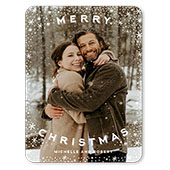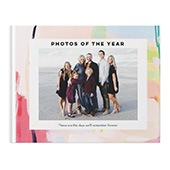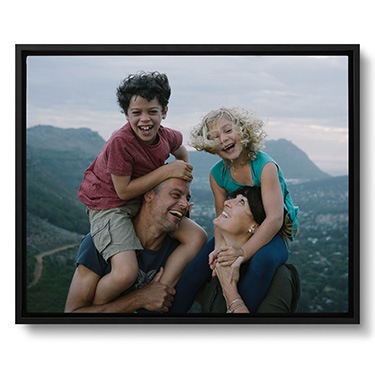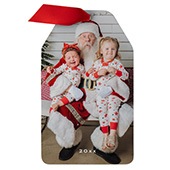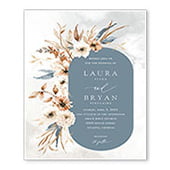Creating a wedding seating chart can be very tricky. No matter how hard you try to remember all of the family feuds and spats between friends, it’s tough to please all of your guests. These tips for wedding seating etiquette will help you create a seating chart that will be a success.
Bride and Groom Seating at Reception
Traditionally, the bride and groom sat alone at a “sweetheart table.” But today, many couples feel like this is isolating, and they forgo this tradition. Instead, they’ll often sit at the head table with their attendants. The head table is usually a long table that faces out towards the other guests. Typically, the bride sits on the groom’s left, with the best man on the bride’s right and the maid of honor on the groom’s right.
Head table seating is traditionally boy-girl, but you don’t have to follow this tradition. You can choose to seat your bridal party on one side and the groomsmen on the other, or you can mix it up and allow your attendants to sit wherever they feel comfortable. If one of your attendants has a date, the attendant may want to sit with them at one of the guest tables. This is perfectly fine; the important thing is that everyone is happy and enjoying themselves at the reception.
Sometimes, brides and grooms have their parents sit with them at the head table. Or, they will place their parents at one of the tables of honor, which are the tables closest to the head table. Usually, some of your close relatives, family friends and the wedding officiant are also placed at these tables of honor.
If your parents are divorced, you can place them at different tables of honor with their spouses. You can also have both your parents and your step-parents at the head table if you want.
Wedding Seating Chart Etiquette
Once you’ve gotten all of your RSVPs, begin grouping guests. One good way to do this is to group guests by how you know them. You could have a table of your high school friends, your college buddies, your work colleagues, your cousins and so on. After you do this, you may find that you have some guests who do not fit a specific group. Maybe you met a couple while you were traveling, and they don’t know anyone else. Or, maybe you’ve kept in touch with one friend from camp, but aren’t inviting anyone else from that summer.
As you’re finding tables for these single guests, try to place them next to someone who has common interests. This will help ease awkwardness and make conversation easier. And who knows, maybe one of your friends will meet their new best friend!
At each of your tables, try to have a mix of couples and singles—you probably shouldn’t do a singles’ table, as this can make guests feel awkward. It’s also best not to have just one single guest at a table full of couples. Having a good balance of singles and couples will help everyone feel relaxed.
When deciding where to seat guests, it’s best to seat younger guests closer to the dance floor, where it will usually be louder, and seat older relatives farther back. If you’re unsure about where to place family friends or relatives you don’t know well, be sure to ask your parents for help. They’ll be able to let you know about past relationships and preferences other. Your parents are always a good resource to use when you’re not sure where to place relatives.
Assigning seats is optional, and if you choose to do so, you can consider using place cards for guests and the tables. Don’t forget to display table numbers by using a custom acrylic block or a beautiful framed print with the table number on it. Feel free to choose what you think will be best for you and your guests.
Seating Etiquette for Children
If you’re having a large amount of kids at your wedding, consider having a group of kids’ tables. These tables could have activities for the kids, like coloring books or games. Be sure to place parents at tables near the kids’ tables. If you’re only having a few kids at the wedding, then it’s often best to simply place them at a table with their parents.
When to Forgo a Seating Chart
At a larger affair, it’s usually a good idea have a formal seating chart. Without a seating chart, guests may feel unsure about where to sit, and couples who arrive late may have a hard time finding seats together. Guests will often appreciate having a place to go with friends that they know. At smaller affairs, where there are less than 50 people, a seating chart isn’t always necessary. Or, if you’re having a cocktail-style wedding where guests will be moving around, you could choose not to do a seating chart. If you choose to have this type of wedding, be sure to have a few chairs around for older guests.
Ultimately, the choice is up to you. If you don’t feel like a seating chart fits the style of your wedding, then it’s totally fine to have open seating.
With a little bit of work, you can create a seating arrangement that your guests will love. As you’re creating your wedding seating chart, be sure to keep these etiquette tips in mind. Don’t forget to create
